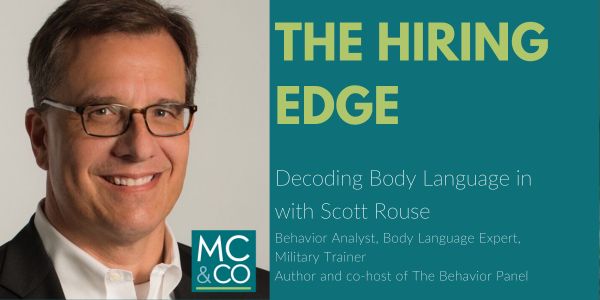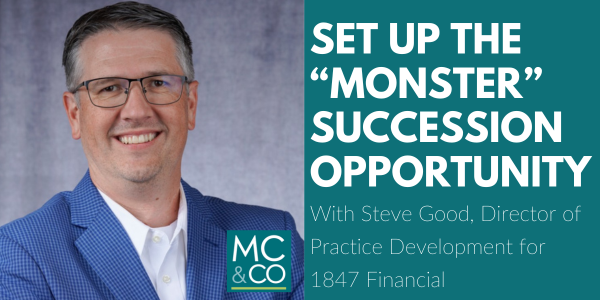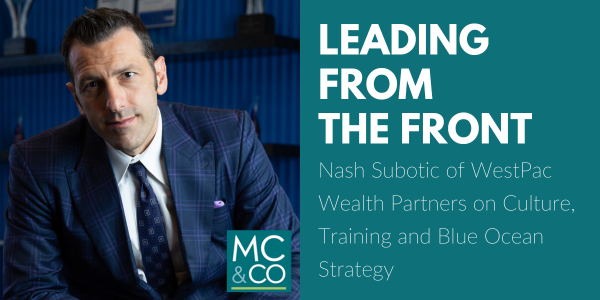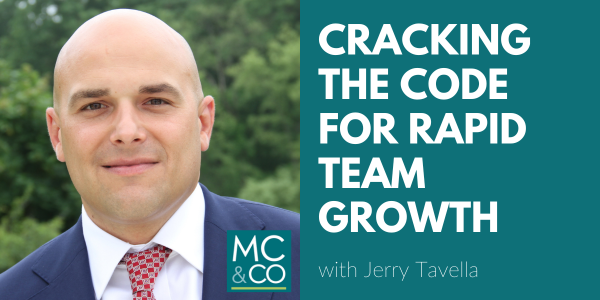Many of our clients would answer that on any given day they witness talented people sabotage their success. People whose star you would expect to rise quickly but instead fizzles into mediocrity.
One of the most painful situations is when you have recruited a salesperson whose livelihood depends on making prospecting calls and instead they find every opportunity to avoid it. Deemed call reluctance, there are ways to identify it and behavioral ways to address it and ultimately cure it (check out talent assessment and workshops on our website). But there is more to it than that. And what about those of you who manage people who are not in sales and thus don’t have call reluctance?
In their book, “How The Way We Talk Can Change The Way We Work”, Robert Kegan and Lisa Lahey have identified a very powerful force that they call Competing Commitments. A competing commitment goes something like this; my client says “I want to be the top performing sales person in our organization.” The client then does nothing to support achieving that stated commitment and may even do things that look like sabotage. For instance, eleven years ago I worked for a consultant that taught sales people how to get the best kind of prospects, referred recommendations. My job was coaching people who had gone through the program to get up to speed quickly using this process. I was working with a group of life insurance sales people and discovered a gentleman who was currently failing at selling, who had gone through the program and had 25 hand written notes of introduction from his best clients to their esteemed colleagues that said “You must talk to this guy” and he had stuck them in his drawer (for over a month) vs. mailing them to the potential clients! At the time, I was dumbfounded. But he wasn’t unique. I encountered many different kinds of behavior that seemed out of alignment with what people said they wanted to achieve.
At the time it was very perplexing for me to hear people say one thing and then blatantly do things that didn’t support their commitment. It wasn’t until I read about Competing Commitments that I realized how powerful our ego is and how desperately it wants us to be safe! At the time I read the book I was a less seasoned leadership consultant, but highly thought of in my peer group and was attracting a lot of clients. While going through the competing commitments model it became very clear that I was trying to look good with my peer group versus getting better at my craft of coaching, which was holding me back from my commitment to be at the top of my game as a Leadership Consultant. That insight was embarrassing to admit, but provided me a monumental opportunity to get clear on what really mattered to me and my clients, and thus get back on track to achieve my objectives.
Kegan and Lahey have a great process on how to identify your Competing Commitments and how to get them in alignment with your true goals. Can you guess what yours are? It also gives you a powerful way to coach your team through their Competing Commitments and realize their potential!





